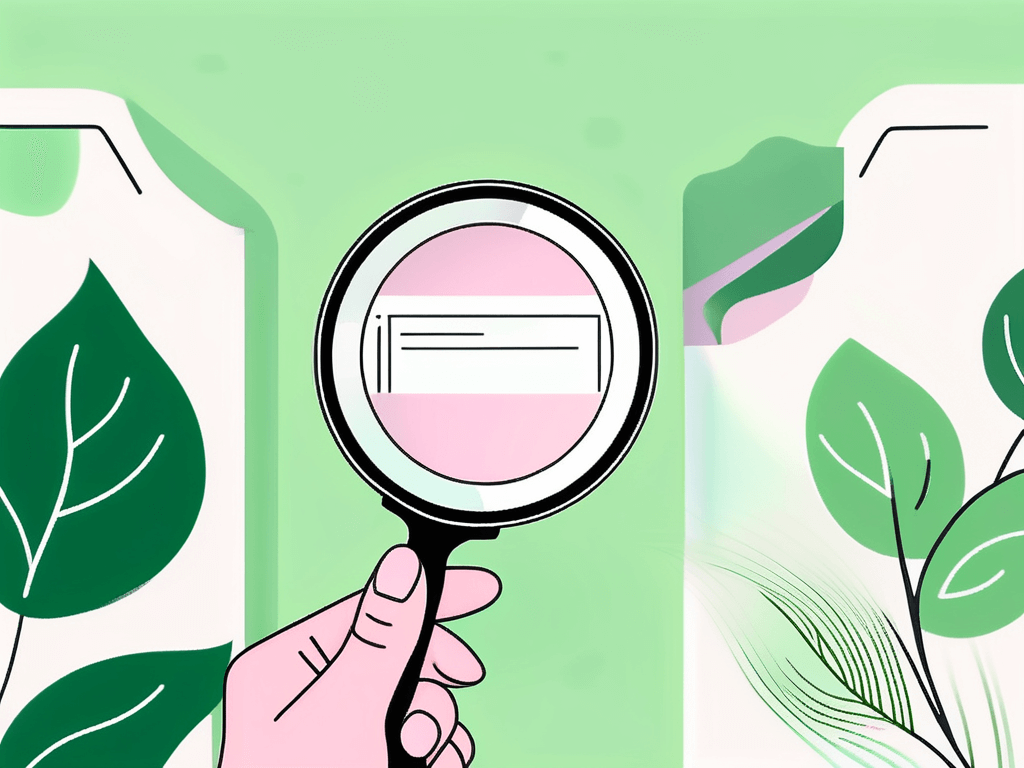Greenwashing

Greenwashing is a term that emerged in the 1980s, coined by environmentalist Jay Westerveld. It refers to the practice of companies misleading consumers about the environmental benefits of a product, service, or how the company operates in an attempt to appear more environmentally friendly than they actually are.
It’s a form of deceptive marketing with serious implications for both consumers and the environment. It’s a counterpoint to ‘greenhushing‘, where companies minimise their environmental contributions.
Understanding Greenwashing
Greenwashing can take many forms, from vague language and misleading product labels to irrelevant claims and outright lies.

Greenwashing is not a new phenomenon, but recently it has gained more attention due to the growing importance of sustainability. As consumers become more conscious about their impact on the environment, companies have seen the value in appearing green – whether they are or not.
History of Greenwashing
The term ‘greenwashing’ was first used in a 1986 essay by environmentalist Jay Westerveld, in which he criticized the hotel industry’s practice of placing placards in each room promoting the reuse of towels to ‘save the environment’. Westerveld argued that these claims were often merely a pretence of saving costs rather than a genuine commitment to environmental sustainability.
Since then, the term has been used to describe a wide range of deceptive practices by businesses. In the 1990s, for example, oil company Chevron launched a series of advertisements showing its employees protecting wildlife despite the company’s poor environmental record. This is now considered one of the most notorious examples of greenwashing.
Types of Greenwashing
Greenwashing typically involves some form of deception or misrepresentation. One common type is ‘vagueness’, where a company uses terms like ‘eco-friendly’ or ‘natural’ without clear definitions or standards. Another type is ‘irrelevance’, where a company highlights a green initiative that is unrelated to its overall environmental impact.
Other types include ‘lesser of two evils’, where a company promotes a slightly less harmful option as a green choice, and ‘fibbing’, where a company outright lies about its environmental practices. Each of these types involves a different level of deception, but all are harmful in that they mislead consumers and hinder genuine efforts towards sustainability.
Effects of Greenwashing
Greenwashing has a number of negative effects, both for consumers and the environment:
- For consumers, it can lead to confusion and cynicism, making it harder for them to make informed choices.
- For the environment, it can lead to a lack of progress in reducing harmful practices.
Greenwashing can also harm businesses themselves. While it may provide short-term benefits in terms of increased sales or improved reputation, in the long run, it can lead to a loss of trust and damage to the brand. Consumers are becoming increasingly savvy about greenwashing, and businesses that greenwash risk a backlash and considerable reputational damage.
Consumer Impact
One of the main effects of greenwashing is that it can confuse consumers. With so many companies making green claims, it can be difficult for consumers to distinguish between genuine efforts and greenwashing. This can make consumers cynical and cause them to lack trust in marketing.
Greenwashing can also lead consumers to inadvertently support harmful practices. If a company falsely claims to be sustainable, consumers may choose their products over those of a genuinely sustainable company, profiting the greenwashing company.
Environmental Impact
Greenwashing also has a direct impact on the environment. By misleading consumers, companies can continue to engage in harmful practices without facing any financial consequences. This can slow down progress towards genuine sustainability and contribute to ongoing environmental damage.
Furthermore, greenwashing can slow down the development of truly sustainable technologies and practices. If companies can gain the benefits of appearing green without actually being green, they have less incentive to invest in genuine sustainability.
Identifying Greenwashing
Given the negative effects of greenwashing, it’s important for consumers to be able to identify it. This can be challenging; however, there are some common signs to look out for.

Spotting Vague Language
One of the most common signs of greenwashing is the use of vague language. Terms like ‘eco-friendly‘, ‘green‘, ‘natural‘, and ‘sustainable‘ are often used without clear definitions or standards. If a company uses these terms without explaining what they mean, this may be a sign of greenwashing.
Similarly, look out for terms that sound scientific but are not clearly defined. For example, ‘biodegradable‘ sounds good, but without a timeframe, it’s meaningless – everything is biodegradable given enough time. If a company uses terms like this without clear definitions, be sceptical.
Checking for Evidence
Another critical way to identify greenwashing is to look for evidence. If a company makes green claims, check to see if these are backed up by evidence. This could be in the form of data, third-party certification, or detailed information about their practices.
This is a red flag if a company’s claims are not backed up by evidence. Similarly, if a company’s claims are based on a single small green initiative while ignoring their overall environmental impact, this may also be a sign of greenwashing.
Combating Greenwashing
While identifying greenwashing is essential, it’s only the first step. To truly combat greenwashing, we need to hold companies accountable and support genuine sustainability. This involves a combination of consumer action, regulation, and business ethics.
Consumer Action
As consumers, we have a lot of power to combat greenwashing. By making informed choices, we can support companies that are genuinely sustainable and avoid those that are not. This involves doing our own research, questioning green claims, and looking for evidence of sustainability.
We can also spread awareness about greenwashing. By talking about it with our friends and family, posting about it on social media, and calling out companies that engage in greenwashing, we can help others become more informed and make better choices.
Regulation and Business Ethics
While consumer action is important, it’s not enough on its own. We also need stronger regulations to prevent greenwashing and hold companies accountable. This could involve stricter standards for green marketing, more transparency requirements, and tougher penalties for deceptive practices.
Finally, businesses themselves have a role to play. By committing to genuine sustainability and ethical marketing practices, businesses can help combat greenwashing and contribute to a more sustainable future. This involves not only avoiding greenwashing but also actively working to reduce their environmental impact and communicate honestly with their customers.
